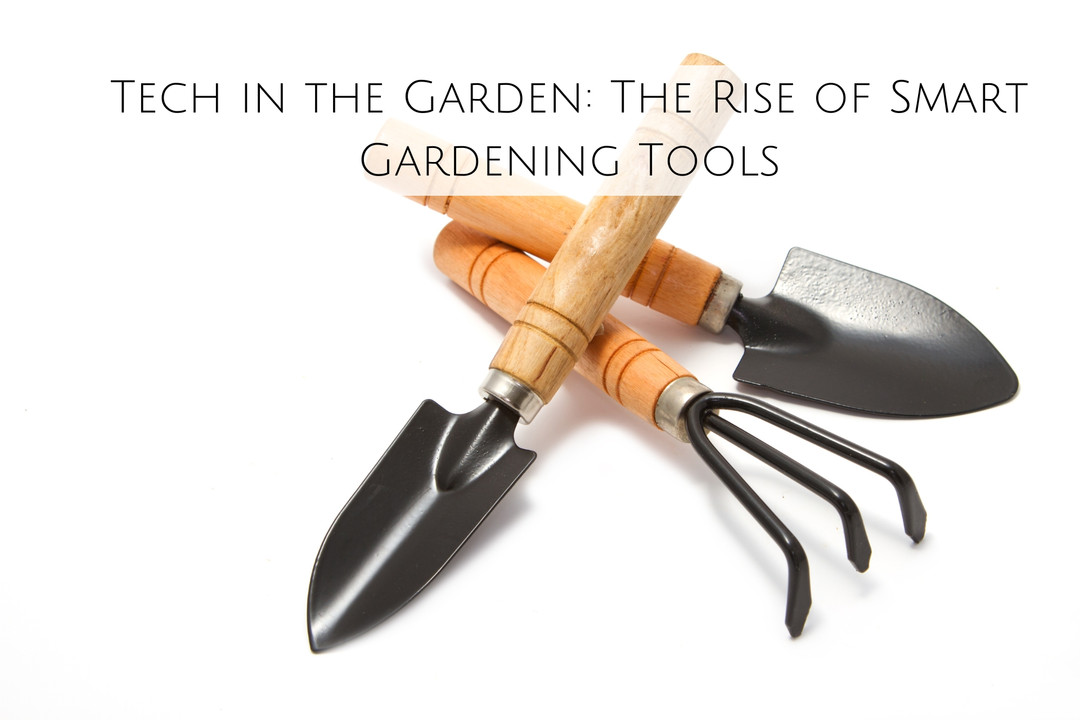Tech in the Garden: The Rise of Smart Gardening Tools
Gardening has traditionally been a relaxing, nature-centric hobby, but with recent advancements in technology, even the garden is getting a high-tech upgrade. As the rise of smart home gadgets continues, gardening tools have also started to incorporate technology, making it easier to maintain vibrant, thriving gardens with minimal effort. From automated irrigation systems to app-connected soil sensors, smart gardening tools are transforming the way we grow plants and tend to our outdoor spaces.
In this article, we’ll explore the world of smart gardening tools and how they can help both novice and experienced gardeners alike nurture plants with precision, efficiency, and a bit of futuristic flair.
Why Choose Smart Gardening Tools?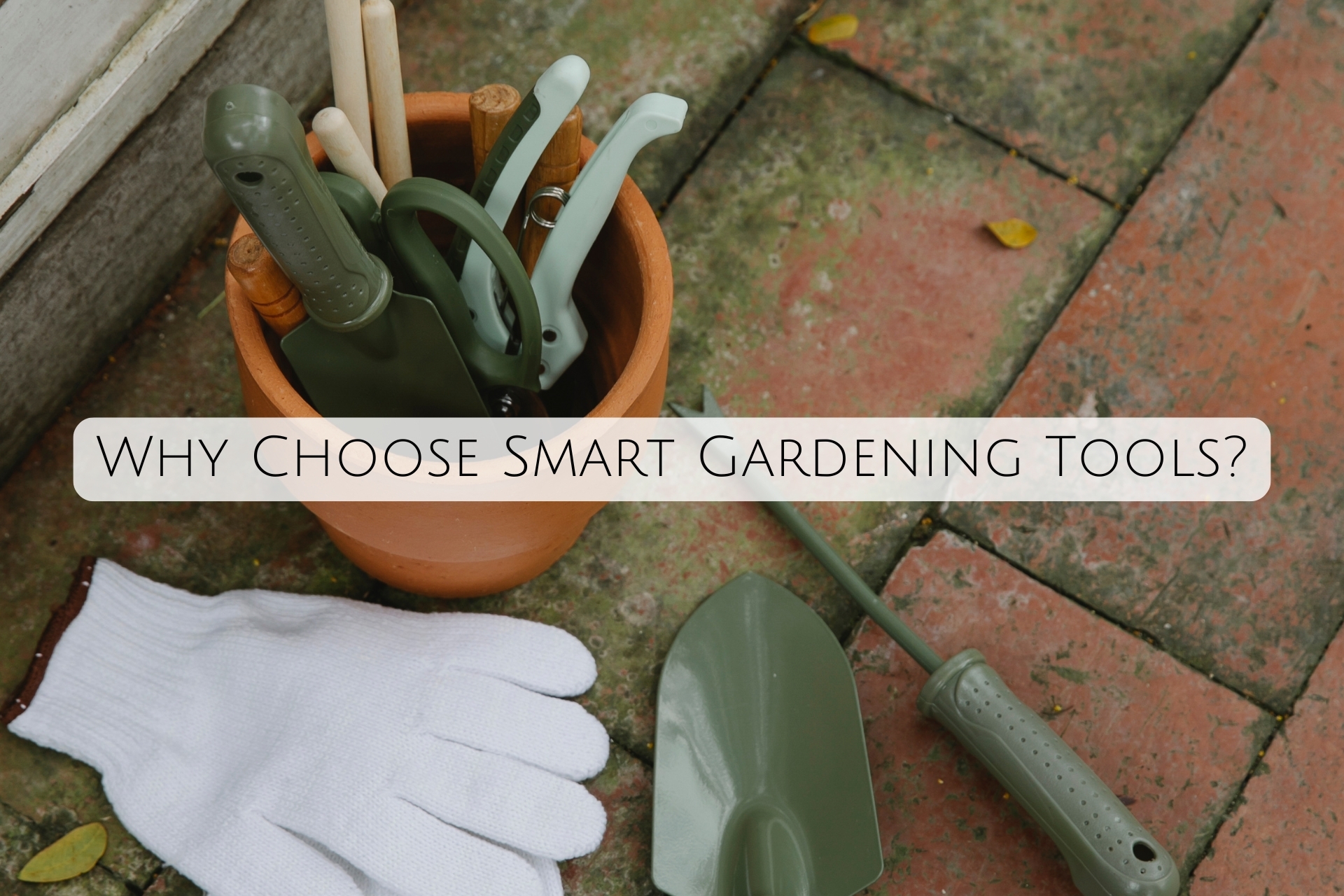
Smart gardening tools blend the love for gardening with the power of technology. These devices can enhance garden productivity, save time, and reduce resource consumption—all while helping gardeners create optimal environments for their plants. The integration of sensors, mobile apps, and automation allows for real-time monitoring and control, making gardening more accessible and enjoyable for those who may lack time or a green thumb.
Here are some of the primary benefits of smart gardening tools:
- Convenience: Automating tasks like watering, fertilizing, and monitoring plant health means less time spent on maintenance and more time enjoying the garden.
- Resource Efficiency: Smart tools optimize water and fertilizer usage, reducing waste and supporting more sustainable gardening practices.
- Data-Driven Care: Sensors and connected devices can track soil moisture, sunlight, and temperature, providing data that can improve plant care.
- Year-Round Gardening: With smart technology, it’s easier to keep plants healthy and productive, even in off-seasons or during less-than-ideal weather.
Smart Gardening Tools Leading the Revolution: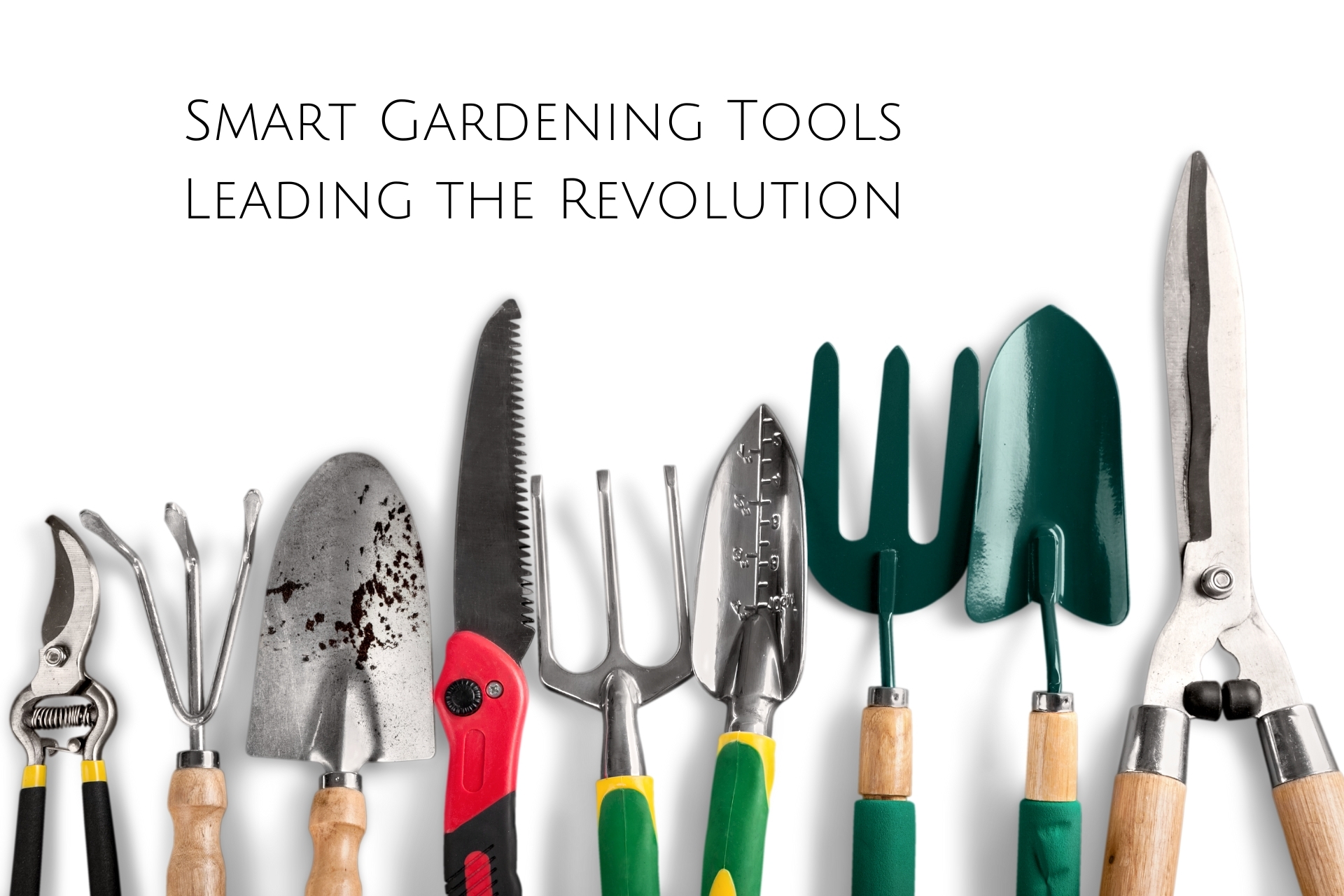
Let’s take a look at some of the most popular types of smart gardening tools available today and how they’re changing the way we garden.
1. Smart Irrigation Systems:
Watering is crucial for plant health, but too much or too little can harm plants. Smart irrigation systems take the guesswork out by automatically adjusting water flow based on real-time weather, soil moisture levels, and plant needs. Equipped with sensors and often app-controlled, these systems ensure your plants receive just the right amount of water at the right time.
- Example: Rachio and RainMachine are popular brands in smart irrigation that allow users to control watering schedules, monitor water usage, and even pause watering if rain is forecasted, saving both water and money.
2. Soil Moisture and pH Sensors:
Soil moisture and pH sensors measure moisture content, pH levels, and nutrient status, helping gardeners understand their soil’s condition and adjust care accordingly. These sensors often connect to mobile apps that provide recommendations based on the type of plants being grown, making it easy to maintain soil health.
- Example: Devices like the Parrot Flower Power and Ecowitt Soil Moisture Sensor help gardeners monitor soil conditions and receive alerts when water or nutrients are needed, improving plant health and reducing maintenance.
3. Weather Stations for the Garden:
Weather plays a crucial role in plant growth, and smart weather stations provide gardeners with hyper-local weather data. These devices measure temperature, humidity, rainfall, and even wind speed, giving real-time insights to help plan gardening activities. Connected to apps, they offer personalized recommendations based on the current and forecasted weather.
- Example: The Netatmo Weather Station and BloomSky system offer live weather updates and alerts, helping gardeners adjust their routines based on real-time conditions.
4. App-Connected Plant Sensors:
Some plants require specific conditions to thrive, and app-connected plant sensors are ideal for monitoring these needs. Placed directly in a plant’s pot or the ground, these sensors collect data on soil, sunlight, humidity, and temperature. By syncing with apps, they guide users on how to care for their plants, helping even inexperienced gardeners achieve thriving results.
- Example: The Xiaomi Mi Flora and GroBox plant sensors connect to smartphone apps, offering tailored plant care instructions and reminders based on the plant species and current conditions.
5. Robotic Lawn Mowers:
Just as robotic vacuums have transformed home cleaning, robotic lawn mowers are revolutionizing lawn care. These devices use GPS and sensors to navigate lawns, automatically trimming grass while avoiding obstacles. Programmable and app-controlled, robotic mowers provide consistent, hands-free lawn care, leaving lawns neat without the effort.
- Example: Husqvarna’s Automower and Worx Landroid are leading robotic mowers that can be set on a schedule, cut in different patterns, and adjust mowing levels based on grass height.
6. Smart Grow Lights for Indoor and Outdoor Gardens
For those who enjoy indoor gardening or want to extend the growing season, smart grow lights offer a solution. These lights are programmable to emit specific wavelengths ideal for photosynthesis, providing plants with the “sunlight” they need regardless of outdoor conditions. Smart grow lights are particularly beneficial for indoor herb gardens, seed starting, or regions with limited sunlight.
- Example: Philips Hue and AeroGarden offer smart grow lights with adjustable light spectrums and timers, allowing users to cultivate healthy plants year-round indoors.
How to Get Started with Smart Gardening: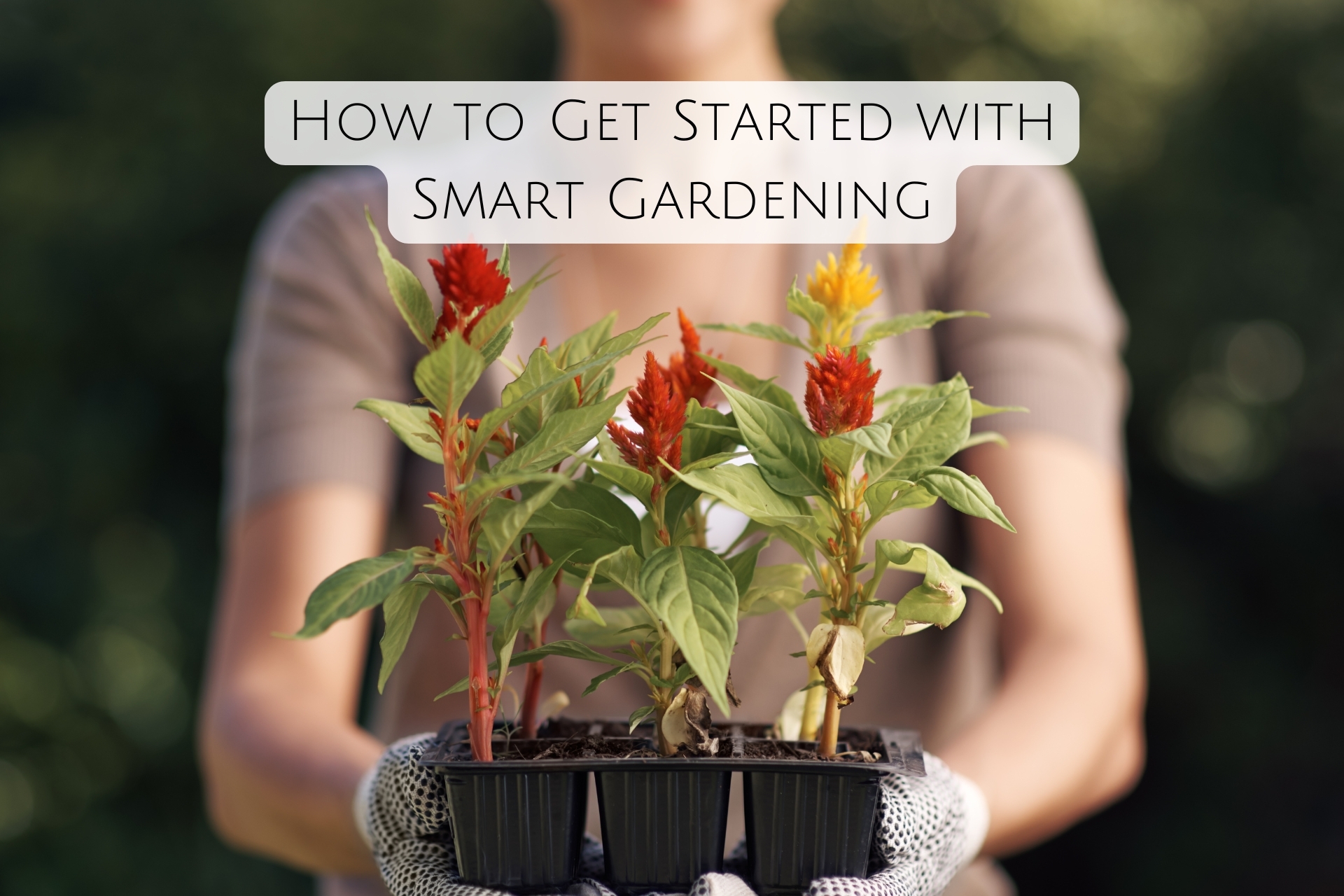
Embracing smart gardening doesn’t mean overhauling your garden all at once. Start with a few tools and scale up as needed. Here’s a step-by-step approach to integrating technology into your gardening routine:
- Identify Your Needs: Do you struggle with watering consistency, or are you interested in monitoring soil health? Start with the tools that address your specific challenges.
- Start Small: Begin with a single smart sensor or irrigation system to get familiar with how the technology works and integrates into your routine.
- Download Companion Apps: Most smart gardening tools come with apps that make monitoring and control easy. Make sure to download the relevant apps and take time to explore their features.
- Monitor and Adjust: Use the data provided by your devices to adjust your gardening practices. For example, if your soil sensor indicates low moisture, increase your watering frequency or install a smart irrigation system.
The Future of Smart Gardening: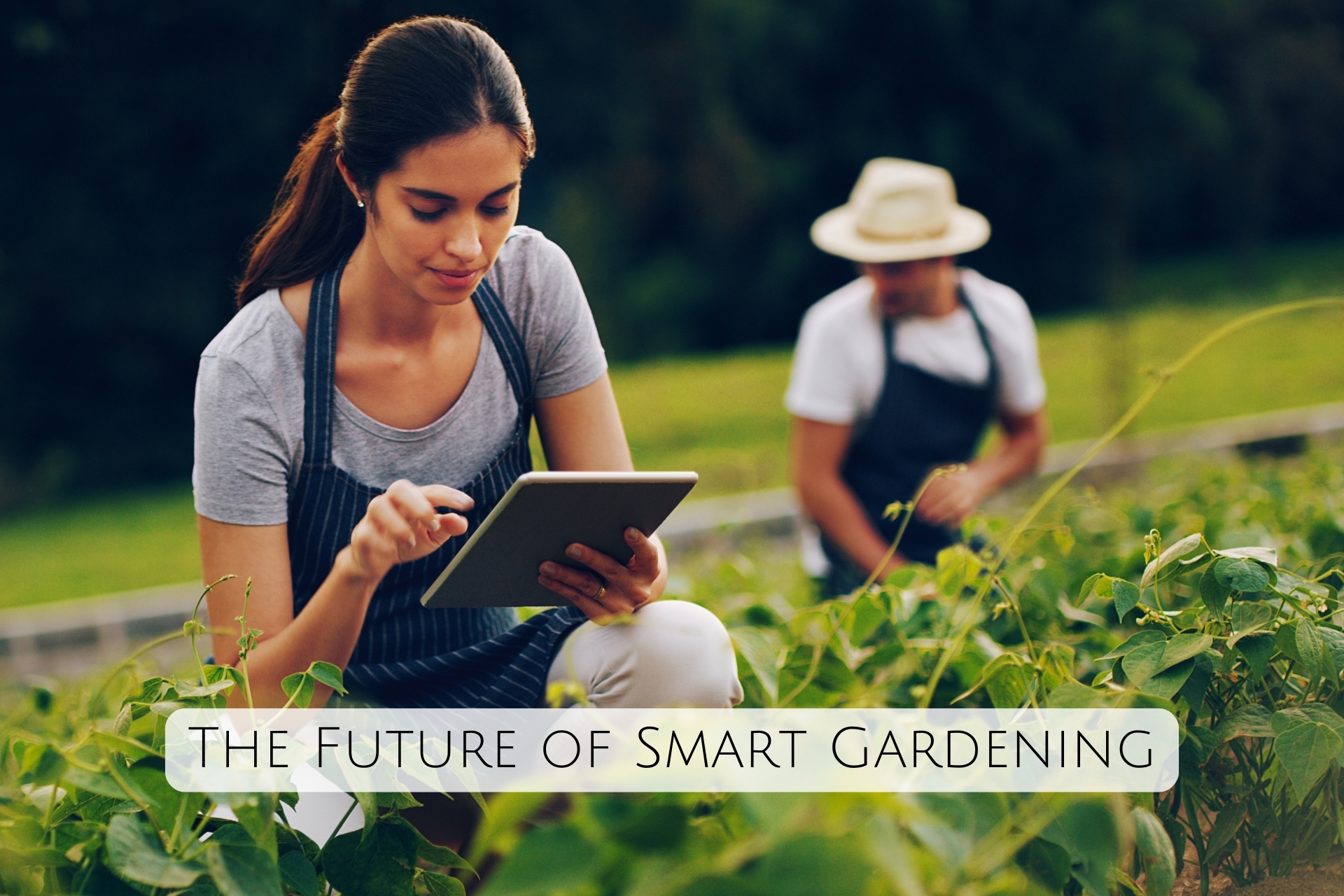
As more people recognize the benefits of technology in everyday life, smart gardening tools will continue to evolve and improve. Future trends may include:
- AI-Enhanced Gardening Tools: Tools that analyze historical data to predict future plant care needs, providing even more personalized and proactive advice.
- Integrated Ecosystems: Tools that communicate with each other—for example, a smart sensor that triggers a robotic mower to avoid watering zones.
- Sustainable Gardening Solutions: Expect to see more eco-friendly devices and solar-powered options as sustainability takes center stage in the smart tech industry.
Final Thoughts: A Garden for the Future: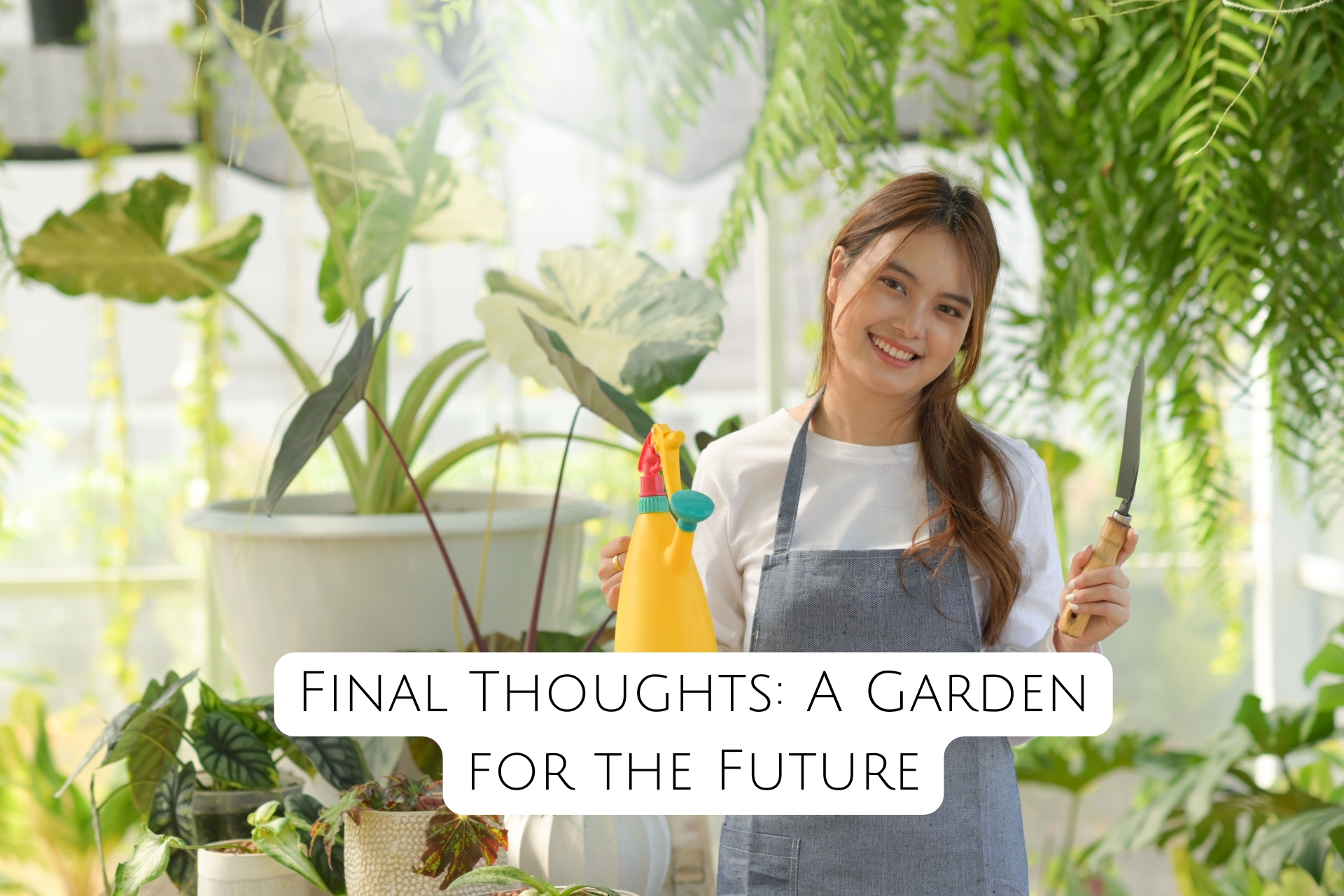
Smart gardening tools provide more than just convenience—they empower people to garden more effectively and sustainably. Whether you’re a seasoned gardener looking to automate tedious tasks or a beginner interested in hands-off plant care, these tools offer a way to make your garden not just beautiful, but also efficient and eco-friendly.
As you integrate tech into your green space, remember that the goal of smart gardening is not to replace the joy of getting your hands in the dirt but to enhance it. With the right tools, your garden can flourish effortlessly, creating a harmonious balance between nature and technology. So embrace the future of gardening and enjoy the benefits of a smarter, greener garden.
Latest Blogs
Traveling with Your Dog: Essential Supplies for Safe Adventures
Traveling with your dog can be an incredibly rewarding experience, whether you’re heading to a new c...
Understanding Blade Angles: How They Affect Performance and Usage
Blade angle, often referred to as "bevel angle," plays a critical role in the efficiency and versati...
The Best Power Tools for Home Renovation: A Comprehensive Guide
Embarking on a home renovation project is exciting, but it’s also a big undertaking that requires th...
Tech in the Garden: The Rise of Smart Gardening Tools
Gardening has traditionally been a relaxing, nature-centric hobby, but with recent advancements in t...
Tech in the Garden: The Rise of Smart Gardening Tools
Gardening has traditionally been a relaxing, nature-centric hobby, but with recent advancements in t...
Security Lighting and Motion Detectors: An Underrated Defense Mechanism
When it comes to home security, many people focus on locks, alarms, and surveillance cameras. Howeve...

